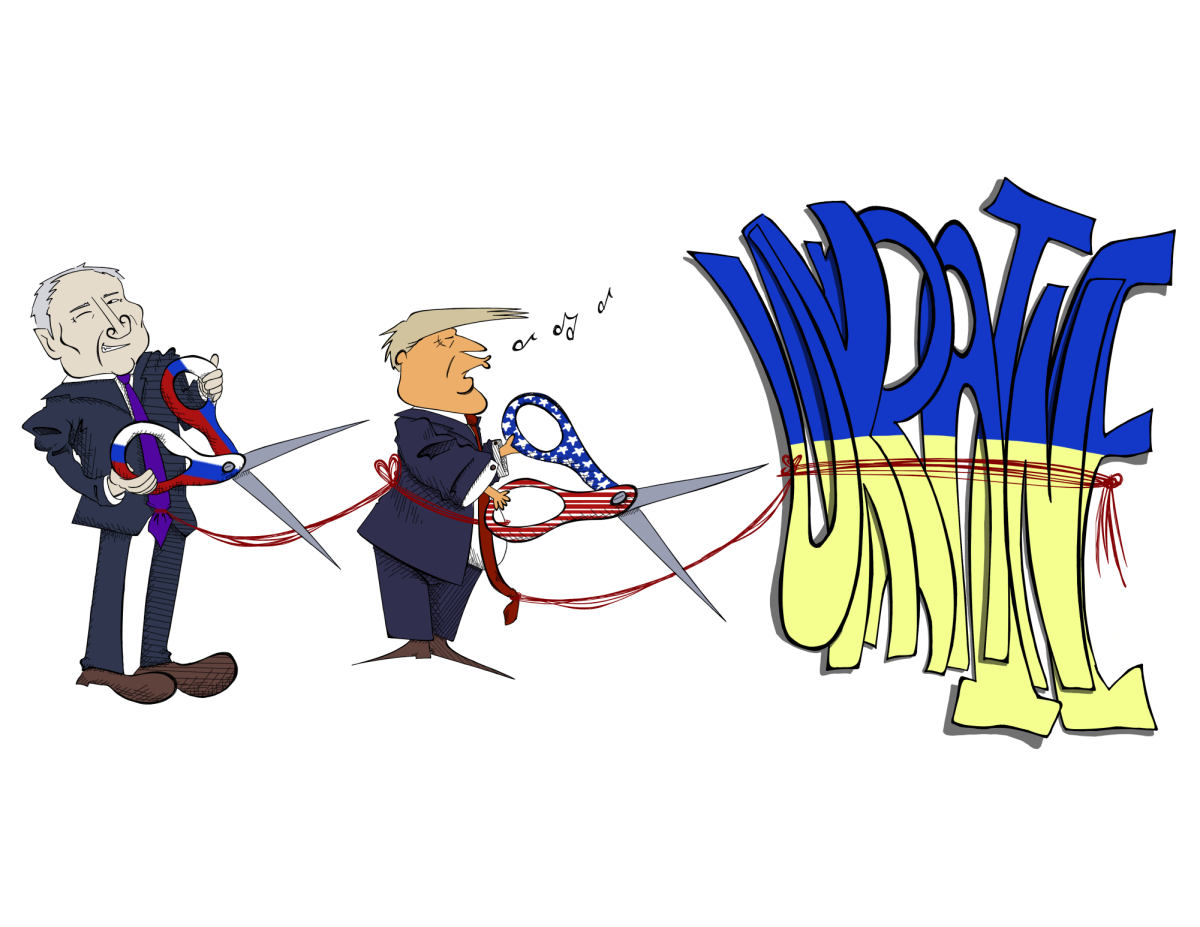Tuesday, Feb. 12, will mark the day when Major League pitchers and catchers report to spring training. This is an important day as it means the beginning of another baseball season and the promise that it holds is less than a month and a half away.
The world of baseball has changed over the years, yet the simplicity of the game has remained. The distance from mound to plate is still 60 feet 6 inches and the distance between the bases is still 90 feet. The pitcher still tries to get the batter out and the batter still tries to put the ball in play. What has changed is the compensation gained from playing Major League Baseball.
Take, for example, the ongoing contract negotiations between the Seattle Mariners and their ace pitcher Felix Hernandez. On Feb. 8, Hernandez was given a contract extension that will pay him $175 million over the next seven seasons. As soon as details are worked out, the contract will take effect this season and will raise his average annual salary from $19.5 to $25 million, more per season than any pitcher has ever earned before. Hernandez stands to earn $757,576 each time he takes the mound, $7,310 each time he throws a pitch and $1.9 million each time he wins based on his performance in the previous seven seasons.
It can be mind-boggling sometimes to realize that someone can get paid so much to play a game that a lot of people played as children, yet that is the nature of the business of baseball.
The sudden rise of player salaries can be traced back to the advent of Free Agency in the 1970s. Before free agency, Major League Baseball had the Reserve Clause. This clause kept players under contract with one team for the entirety of their careers and kept salaries down. The onset of free agency led to the skyrocketing salaries of baseball players.
In the 100 years between the founding of the National League of Professional Baseball Clubs in 1876 and the beginning of free agency in 1976, the average salary rose from $3,054 per year to $18,568 per year. Since 1976, the average salary has gone from $55,802 to $512,804 in 1989. Average salaries hit the million-dollar mark in 1992, the two million mark in 2001 and the three million mark in 2008.
The average salary in 2012 was $3.4 million, a four percent increase from 2011. The rise in salaries has created a rise in the cost to attend a game. Even though Major League Baseball had, at $27, the lowest average ticket price of the four North American leagues in 2012, there is a sense among some Americans that it isn’t worth going to games anymore, not when you can watch it on TV.
To which I say, go to a ballpark and see if the experience is the same from the couch as it is at the ballpark. You will find it is not. Nothing can replicate the ballpark experience.
There will always be the powerful draw of that sudden feeling of happiness when stepping out into the stands on a warm afternoon to watch a baseball game. Television can’t replace the smells of the ballpark. The players will keep getting paid more but Americans will also continue to go to the ballpark. So the national game will go on.
Categories:
Commentary: The $175 million man
February 12, 2013
Story continues below advertisement
Tags:
More to Discover










